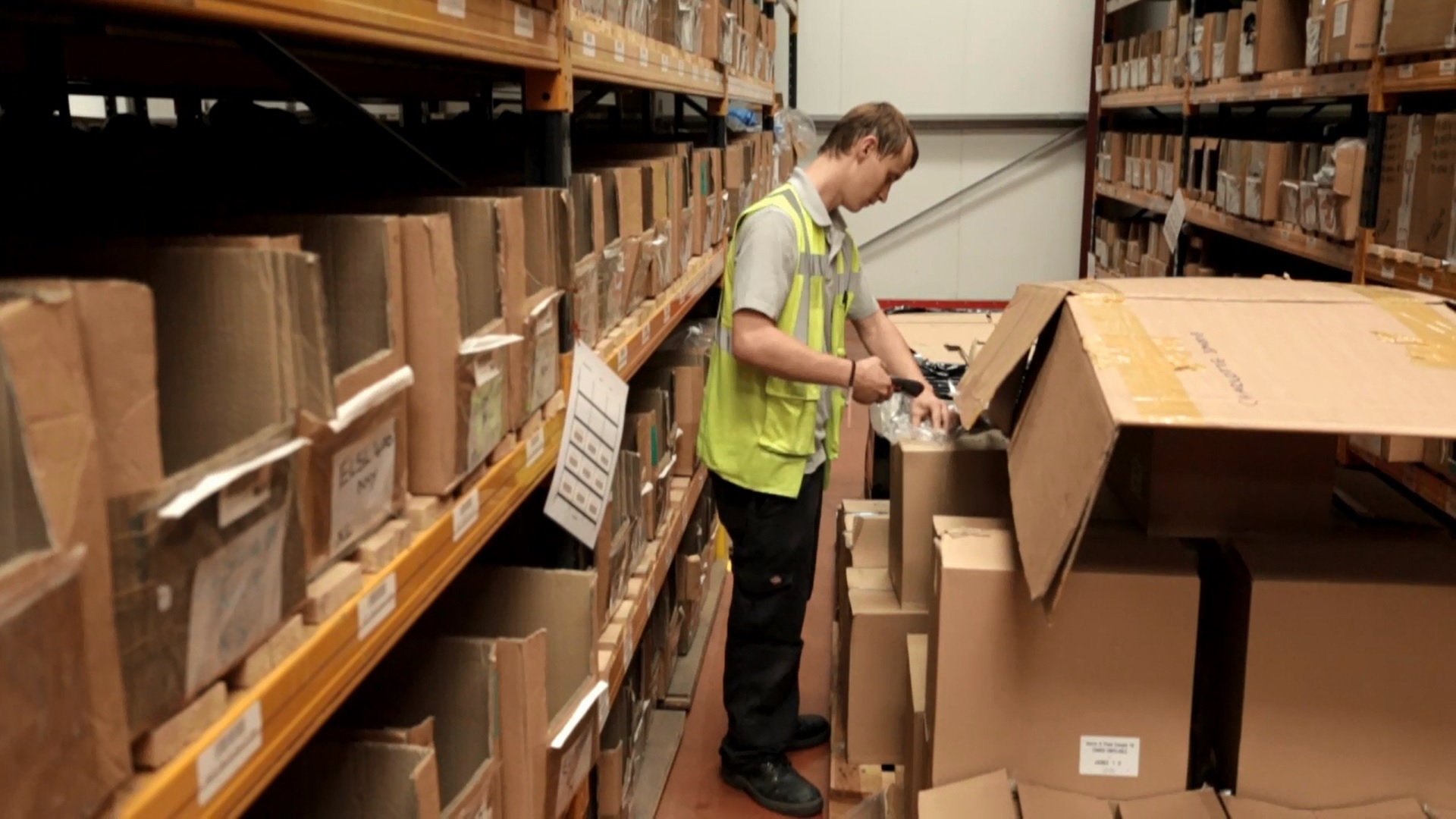For small business owners who imports, manufacture or distribute products on daily basis, it’s a known fact that one of the biggest challenges confronting them is an effective warehouse and inventory management processes. SMEs in the pharmaceutical, supermarket or chain store, wholesale or retail sector knows what I am talking about.
To buttress my point, I will be sharing how this almost ruined a client in the health and fitness business (Name withheld). They are a well-known fitness equipment distributor supplying over 100+ treadmills, sit-up bench, stationery bike and dumbells to small and mid-size gym centres across Nigeria.
One major challenge the owner shared with me was inventory variances – inaccurate stock report against actual quantity – they couldn’t track the actual quantity of products in the store because the warehouse is big and situated in 5 different locations in 5 states which even paved way for the store managers to sideline certain product, sell secretly and replace with worn out stocks.
Besides, how often and effectively do you think the fitness business owner can travel/monitor each of the five warehouses in five different states? This is a challenge he would have addressed easily if there was an inventory or warehouse management software solution properly implemented at each unit.
The key point is that as you foresee future growth or expansion or foretell the complexity of managing inventories in the warehouse – single or multiple locations, the first step to take is to install an accounting software with warehouse management feature.
What are the features of a warehouse management software – QuickBooks Enterprise Solutions
A small to medium business looking for a warehouse management software should consider the following as a basic guide to selecting the right solution:
- It should have a single or multi-warehousing feature so that as you expand to construct or buy establish your store or outlets in more places, the software should be flexible enough to add a new location to your existing list.
- On product, a great software doesn’t only keep the record of the name but also provide fields to enter manufacturer’s ID and bar code details to avoid replacement or theft.
- It should be given multiple users concurrent access to the central data file so that each stock keeper can work from a different location or at times, you can have one warehouse with multiple store managers.
- Accountability is very important – every transaction, both inventory receipt or delivery note raised for inventory issue to clients or customers, should be traceable to a user, which is only visible to the admin.
- The software should also track warehouse transfers – transfer of inventory from one store to another with a record reflecting real stock status in each location – quantity on hand as the close of business day and value in local currency.
- For control purpose, your inventory software should have a “Physical Stock Worksheet”; a feature that tracks what’s actually on hand and the expected balance.
- A Daily, weekly and monthly report is also a must – so you can track your inventory movement without being physically present in all locations.
- The accounting side of your inventory software is also important, though optional but I recommend you opt for a financial software that has accounting functions and inventory management so you can monitor your overall business performance.
While these tips will help you understand the real features of an inventory management software, you can view our online store for pricing and set-up services.
But if you still have more questions on specific inventory challenges you may want us to address first, send a mail to info@accountingsoftware.com.ng

